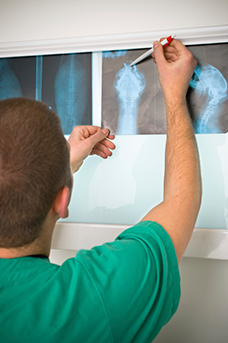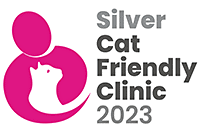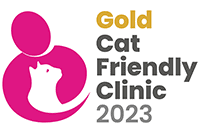Our imaging department is very well equipped, reducing the need to refer your animal to specialist centres, cutting down on travel and also reducing the costs to you.
Ultrasound
We have ultrasound scanners at all main branches: Stone, Stafford, Eaton Park and Eccleshall. These allow procedures such as pregnancy diagnosis to be performed at your local practice. Ultrasound is also very valuable in the emergency situation because it allows us to quickly detect life-threatening problems. For your pet, this means that they can get the treatment they need as quickly as possible without having to travel far.
 Digital x-ray
Digital x-ray
We have digital x-ray at Stone, Stafford, Eaton Park and Eccleshall surgery. Digital x-ray has replaced the use of film in human medicine and the veterinary world is quickly catching up. The image can be manipulated using a computer programme which means that there is less chance of needing to repeat an x-ray because the settings weren't ideal. This greatly reduces the time your animal spends under sedation or anaesthesia. The production of an image is also much faster with digital x-ray further decreasing the time spent sedated or anaesthetised. Animals that need an x-ray are often unwell and can be critically ill. Less time spent under sedation or anaesthesia is a huge benefit to these patients.
Dental x-ray
There are dental x-ray machines at the Stone and Eaton Park branches. Two of Shires vets have a special interest in dentistry and these x-ray machines are incredibly useful for more complicated cases. No human dentist would perform an extraction without checking the tooth and its roots on an x-ray, the same should be true for our animals. Particularly in feline cases, taking an x-ray of the tooth roots before and sometimes after extraction is crucial for judging what treatment is necessary. Tooth roots in cats have often been reabsorbed into the bone and in this case there is no need to try and extract the roots. Because we can take x-rays of the teeth, our patients are often spared the need for painful extraction techniques. A dental x-ray can also be used to confirm that the whole root has been safely removed. This is especially important in cases of broken teeth because if a root fragment is left in place this can be very painful and need a repeat anaesthetic to remove.
Endoscopy
We are also able to perform endoscopy with both flexible and rigid endoscopes at the surgery. There are a huge number of uses for this equipment; examples include removal of foreign material from the airways or gastrointestinal tract, examination of the airways and collection of samples, examination of the nose cavity and bladder and work with exotic species such as sexing of birds.






